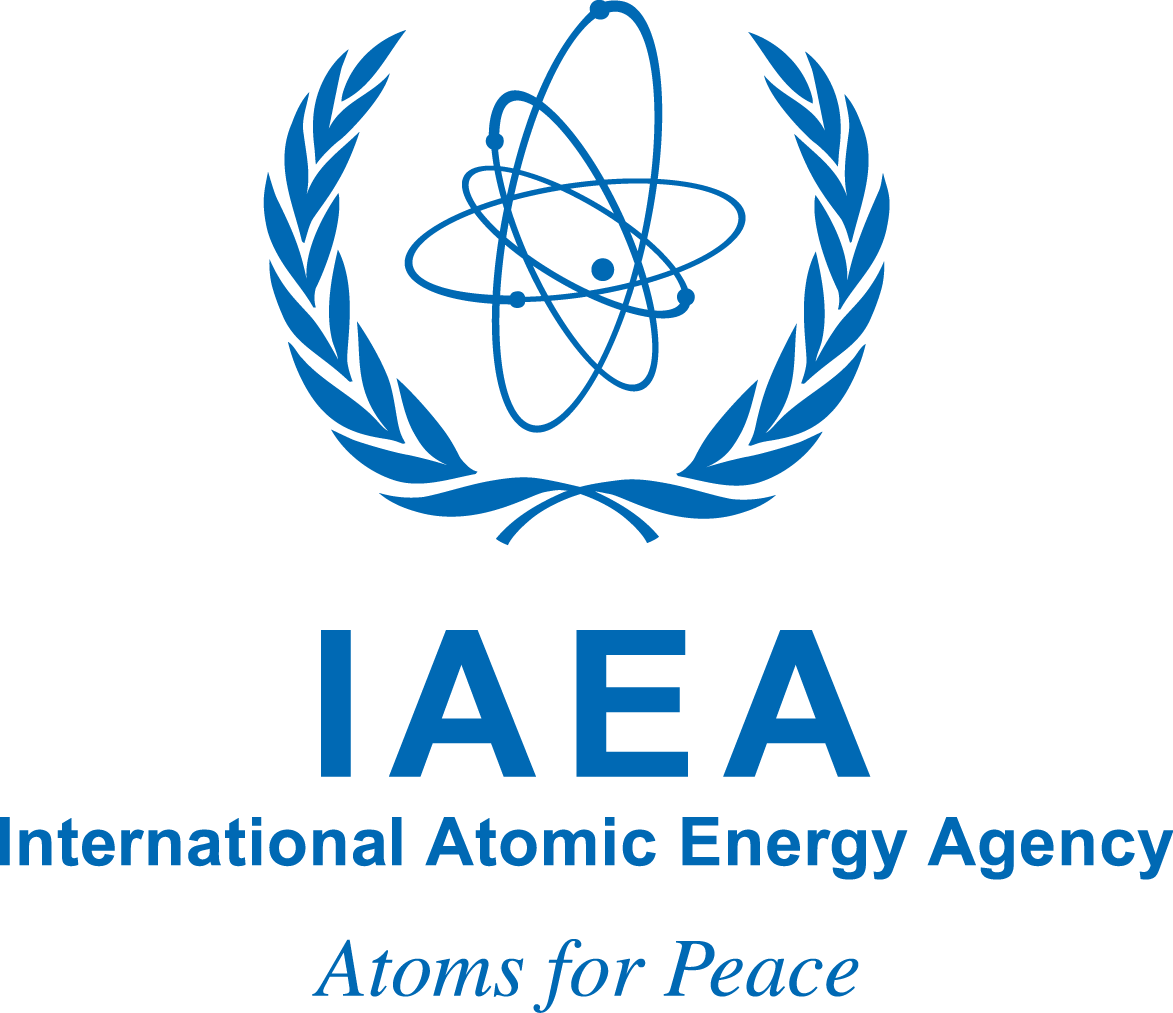Part 2 of 2 Parts (Please read Part 1 first)
In the U.S., maintaining and “modernizing” the nuclear weapon stockpile has been possible in part because of the extensive data acquired through earlier tests.
Sanders-Zarke noted that Israel was suspected of conducting a joint nuclear weapon test with South Africa in 1979. A flash of light picked up by the U.S. satellite Vela near South Africa was the basis of the assessment. Israel is not known to have conducted any other tests. However, Israel did not create its nuclear program without outside assistance.
In the 1960s, France helped Israel establish the Negev Nuclear Research Centre near the city of Dimona. The Centre is capable of producing nuclear weapons. The U.S. only discovered the facility after construction began.
Israel has U.S.-made aircraft able to deliver nuclear bombs and German-made submarines able to carry nuclear warheads. Israel has Jericho ballistic missiles able to deliver nuclear warheads over a thousand miles to nearby nations. The exact details of Israel’s nuclear warheads and delivery methods are not known. Its U.S. and German-made vehicles could act as reliable delivery methods if fitted for nuclear warheads.
In August, the IAEA’s director General wrote in a report that there was a “long-standing and fundamental difference of views” between Israel and other Middle Eastern countries with respect to the regulation of nuclear activity.
Kimball noted that Israel only has agreements to allow the IAEA to inspect specific facilities and does not have a comprehensive safeguard agreement “to ensure that civilian nuclear activities and materials are not being diverted for nuclear weapons use.” He went on to say that while Israel had a nuclear arsenal, the country had “no justification nor any military need to employ nuclear weapons”.
Kimball said that the ACA is “deeply concerned about a further escalation of violence against civilian populations. But we are not concerned that this might involve the use of nuclear weapons.”
Israel has insisted that it has no interest in “introducing” nuclear weapons to the Middle East. However, it has continued to avoid signing comprehensive safeguard agreements with the IAEA.
In a vote at the U.N. General Assembly last year, a vast majority of member states called on Israel to place all of its nuclear sites under IAEA supervision and to get rid of any nuclear weapons it possessed. The IAEA has not commented on whether Israel has taken any actions in line with this call.
The civilian death toll in the war between Israel and Hamas since October 7th has already exceeded the death toll of the fifty-day conflict in Gaza in 2014. The bombing of the Al-Ahli Arab hospital in Gaza ignited a world-wide wave of protests. Although there is still uncertainty about the source of the explosion, there were hundreds of civilian deaths.
Shifting tides among nuclear nations and those feared to join their ranks have made the future of international cooperation on nuclear proliferation uncertain.
Last week, Russia announced it would begin to revoke its ratification of the comprehensive nuclear test ban treaty. However, they will remain a signatory. The treaty is not in force because it has not been ratified by all necessary parties. When in force, it would ban nuclear explosions for any reason.
Iran’s U.N. Security Council-imposed ban on ballistic missiles was also lifted on last Wednesday. It banned Iran from acquiring and selling missile technology capable of delivering nuclear weapons. The U.S., Australia and the E.U. have maintained their own sanctions and restrictions against Iran in order to continue limiting Iran’s nuclear potential.
